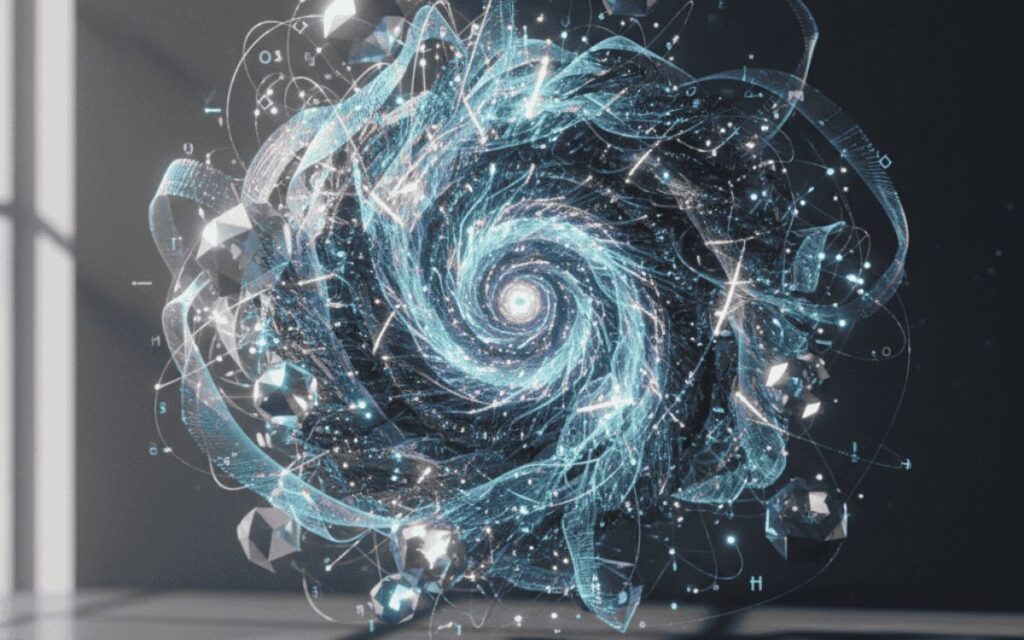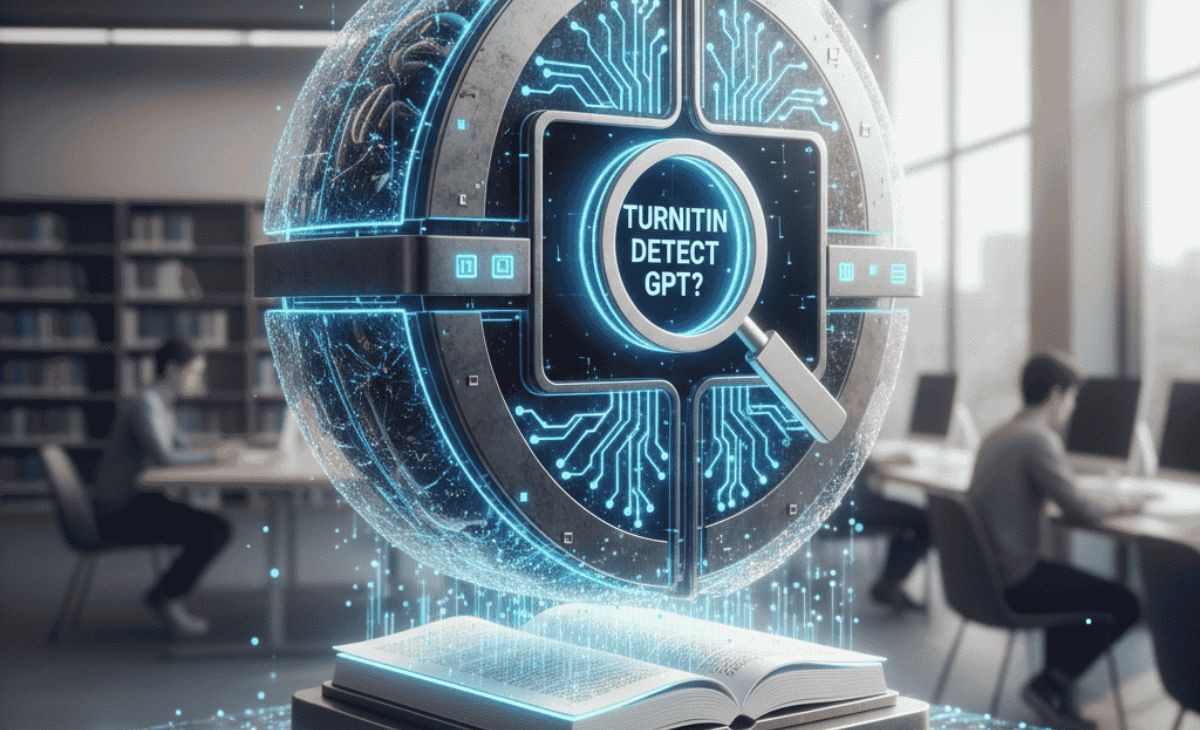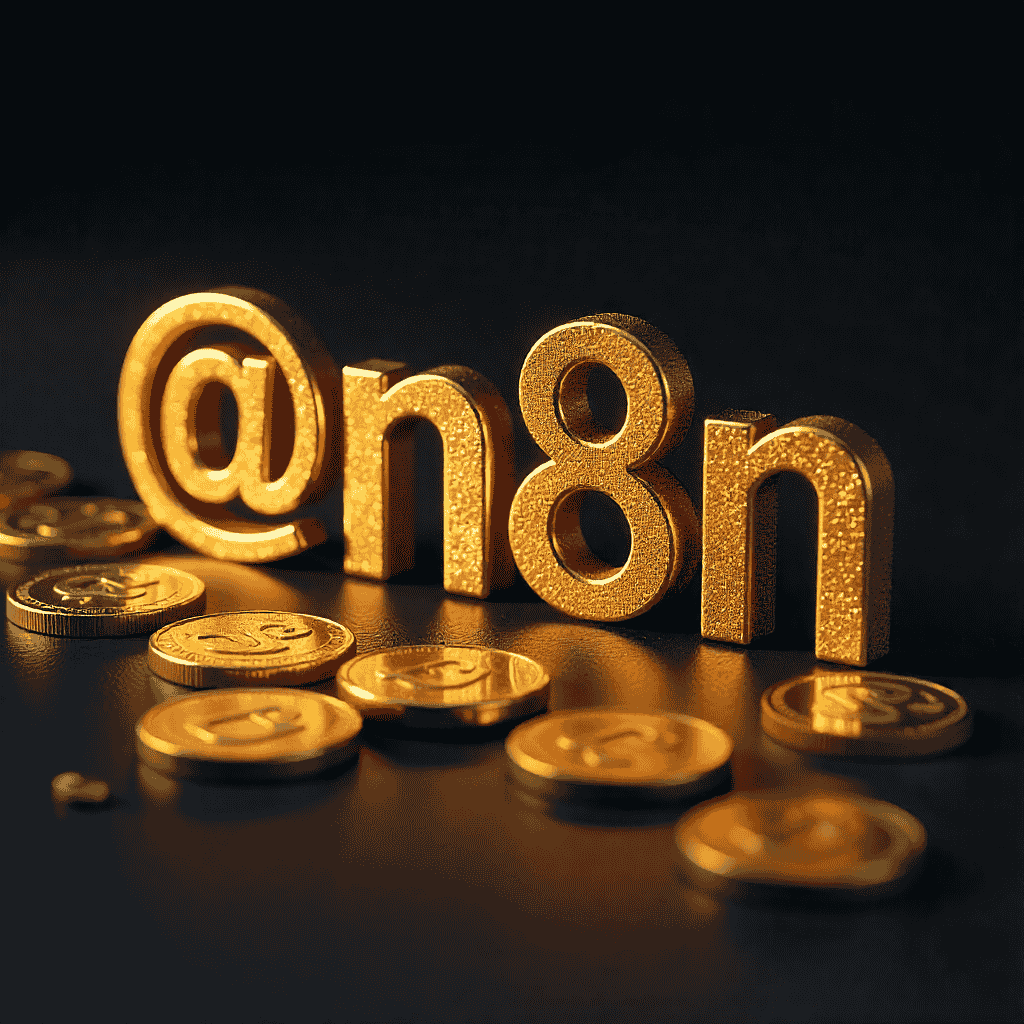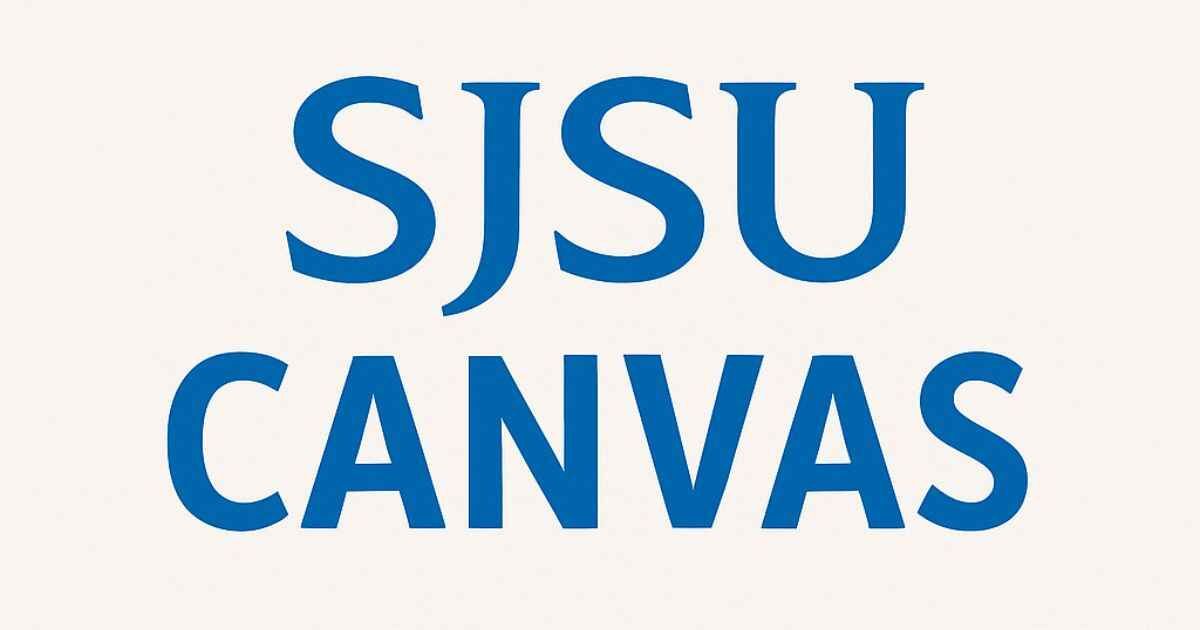Table of Contents
With AI-based tools such as Chat GPT being used in academic and business writing, a lot of people are wondering; “Can Turnitin detect Chat GPT?” With advances in AI, we are seeing more and more uses cases for students, professionals, as well as even among creative writers using AI to write text. This leads to the question of whether content written by AI can be detected by Turnitin (or any other plagiarism detection software). In this post, we will discuss how Turnitin works and if it can detect content generated by Chat GPT.
Turnitin – what is it and how does it work?
Turnitin is a popular text matching tool in K-12 schools. It searches against a huge database of academic texts, journals, books and websites to identify similarities with the submitted papers. The Turnitin algorithm checks for snippets of similar text and highlights them, so instructors can catch duplicate or insufficiently sourced work.
Real-Life Example:
A university’s plagiarizing of one of its own research papers described in the same paper was flagged by Turnitin as unacceptable. This is also an answer to how Turnitin operates — through comparison with existing databases.
What is Chat GPT and how it works?
OpenAI’s Chat GPT is a machine learning based artificial intelligence that produces human-like text in response to the input it receives from your prompts. It’s powered by advanced deep learning and natural language processing (NLP) which allows it to generate contextual responses that make sense. Chat GPT is already used to do all sorts of things from writing essays to creating art.
Real-Life Example:
For example, if you prompt Chat GPT to “Write a paragraph about climate change,” it’ll spit out just that (in seconds) — an elegant response, demonstrating the system’s raw potential in generating coherent content relevantly and rapidly.
Can Turnitin Detect Chat GPT? The Basics
So the bottom line: Can Turnitin detect Chat GPT content? The response is not as straightforward as one might think. Turnitin in particular is mostly based on the concept of text matching: If Chat GPT comes up with a new sentence that nobody has written before, or one not found in previous papers, it’ll typically fly under Turnitin’s radar.
Limitations in Detection:
Because AI text generation is often original and doesn’t necessarily follow the conventions of human-written or traditional sources, it can slip right through Turnitin’s detection system. Turnitin doesn’t currently have a system in place to specifically catch AI-generated work, so machine-assisted work might get sold through undetected.
Real-Life Example:
In one instance a student used Chat GPT to compose an essay on the history of events. Turnitin did not recognize the paper as being plagiarized but most likely it was for the reason that content was freshly generated by AI without a source already existing in their database.
What Affects Turnitin’s Detection for Chat GPT

There are number of variables effecting Turnitin’s ability to detect Chat GPT content:
· The Uniqueness of AI-Created Content:
AI can generate original content that has not appeared anywhere else before, which makes it difficult for conventional plagiarism tools such as Turnitin to detect.
· Text Similarity with available sources:
Chat GPT is taking that and doesn’t generate original content per se as it’s not exactly reading from any one specific source, but may be paraphrasing ideas from other places.
· AI Writing Original Material:
Unlike traditional paraphrasing, AI is capable of producing text that is entirely original (and therefore will not be based on a source) and makes the detection push more challenging.
Real-Life Example:
When comparing an academic paper written by humans and one produced by Chat GPT, the AI model’s writing is so original that it becomes hard to pick up on with traditional plagiarism checkers.
What Else Can Be Used to Detect AI-Generated Content?
Although I could not test it myself I suspect that TurnItIn is also lacking in the detection of Ai written texts Chat GPT… again there are tools for this too. Some specialized software and plugins are now starting to become available that can help recognize machine-created content. These tools concentrate on identifying AI writing-specific patterns, like monotony, absence of significant context, or stilted-sounding phrasing.
Real-Life Example:
AI writing/text analysis tools like GPTZero are widely adopted to analyze writing style and discerning real human produced text from other AI-generated text. These sites employ algorithms that are tailored to identify the distinct features of machine-generated content.
Why Chat GPT is Currently Not Detected by Turnitin
It is very difficult to recognize AI writing, but it keeps evolving including Chat GPT. Chat GPT writing style is very advanced and resembles human-written text a lot, which makes it hard for conventional plagiarism detection systems to detect.
Turnitin’s database is based mainly on published academic work, and thus does not necessarily contain the expanding collection of AI-generated writing. This refusal to detect is why Turnitin fails to spot Chat GPT text.
Real-Life Example:
When an academic paper produced by Can Turnitin Detect Chat GPT was tested on Turnitin, the paper was not identified even though the system had no direct match in relation to material available.
How Do Educators and Institutions Prepare for the Use of AI in Writing?
As AI tools like Can Turnitin Detect Chat GPT become increasingly accessible, educators and institutions need to adjust. This involves developing explicit AI-generated content policies text and teaching students about the proper use of these tools. A number of organisations are already starting to implement new rules on the use of AI in academic research for verification.
Real-Life Example:
At one college, instructors started requesting students turn in drafts of their papers, enabling educators to keep tabs on the process of writing. This became a way of detecting discrepancies and students being deterred from depend heavily on AI for their homework.
Secure Your Job From – Turnitin.comDispatchToProps.ProtectWhat Is?
Although you can use AI-based tools such as Chat GPT to help with writing, it is essential your work remains original and does not raise red flags for Turnitin. A great ways is to adjust the AI-written content with yours ideas, views and findings so that it’s original.
Tips for Avoiding Turnitin Flags:
· Rewrite the AI-generated response and add your own commentary.
· The AI is supposed to be a starting point, not the end game.
· Verify that any sources utilized by the AI are cited correctly.
Real-Life Example:
One student used Chat GPT to help write a research paper, but “revised what it spat out as new knowledge he’d synthesized on the topic,” the spokesperson said. Was the second paper not flagged by Turnitin because it looked less plagiarized?
FAQs
1. Can Turnitin detect Chat GPT?
Turnitin may not reliably detect Chat GPT content as it often generates unique text not matching existing sources.
2. How can students avoid Turnitin AI detection?
Students should rewrite ChatGPT-generated content with their own insights and properly cite any sources.
3. What percentage of AI is acceptable on Turnitin?
There’s no set percentage, but submitting mostly AI-generated content may be seen as unethical or plagiarized.
4. How to avoid Turnitin picking up ChatGPT?
Edit and personalize AI content by adding unique perspectives, ensuring it’s original and properly cited.
5. How to make ChatGPT undetectable?
Rewriting ChatGPT content and adding your own ideas can help make it more original and less detectable.
Conclusion
In conclusion, Turnitin may not be prepared to Can Turnitin detect Chat GPT-generated content yet because of the specifics of AI writing and the production of original, contextually relevant (in this case) text. Though, given the evolution of AI writing tools and advances in plagiarism detection software, the margin for detection might shrink.
Call-to-Action:
There is a need for people, such as educators, professionals and students to understand how the ethical and disciplinary decisions are made on AI assistant’s suggestions when using it in academic writing. For the future to maintain academic integrity and address AI-authored content, institutions would need to devise suitable policies.




